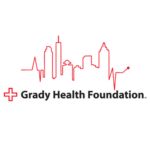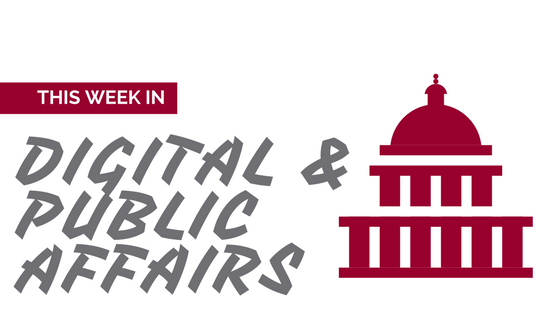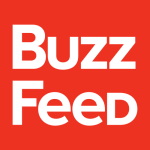In order to better protect the reputation of your organization, new crisis communications protocols that integrate social media strategies must be put in place to meet today’s new challenges. The following video presentation by our Founder, Patrick L. Burns quickly highlights key strategies that are an important part of an updated crisis communications plan that incorporates social media.
Need to update your crisis communications plan with the latest social media strategies? Contact us here or via Facebook Messenger.



 Digital and social media are transforming how government institutions, political campaigns and trade associations are communicating and marketing to their key audiences.
Digital and social media are transforming how government institutions, political campaigns and trade associations are communicating and marketing to their key audiences. Digital and social media are transforming how government institutions, political campaigns and trade associations are communicating and marketing to their key audiences.
Digital and social media are transforming how government institutions, political campaigns and trade associations are communicating and marketing to their key audiences. Digital and social media are transforming how government institutions, political campaigns and trade associations are communicating and marketing to their key audiences.
Digital and social media are transforming how government institutions, political campaigns and trade associations are communicating and marketing to their key audiences.